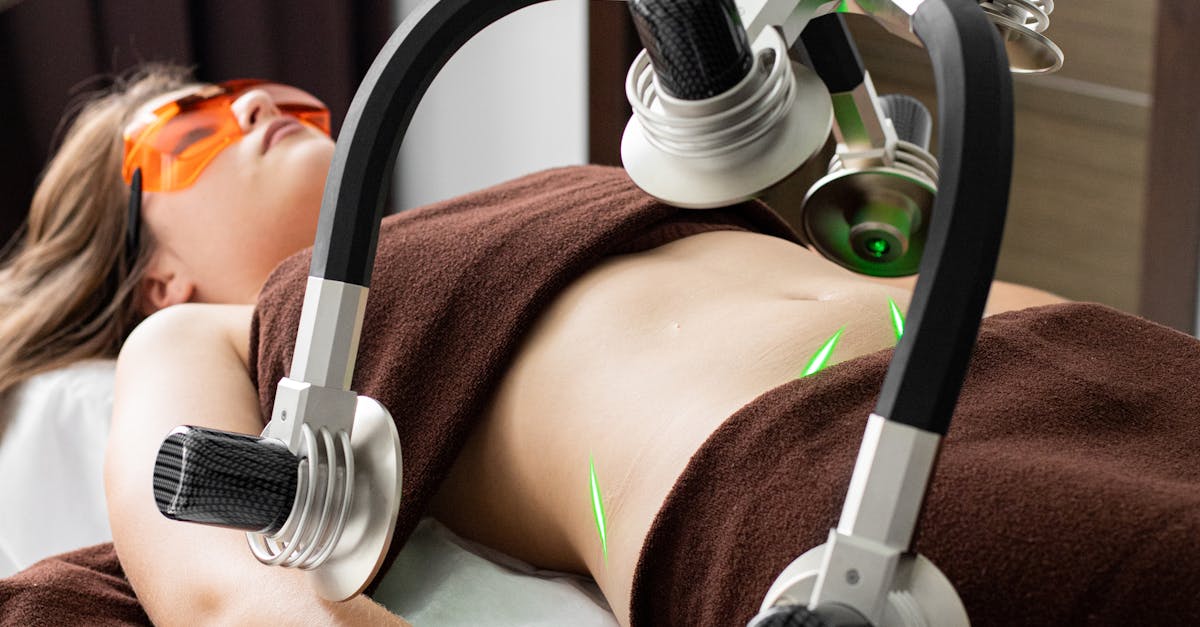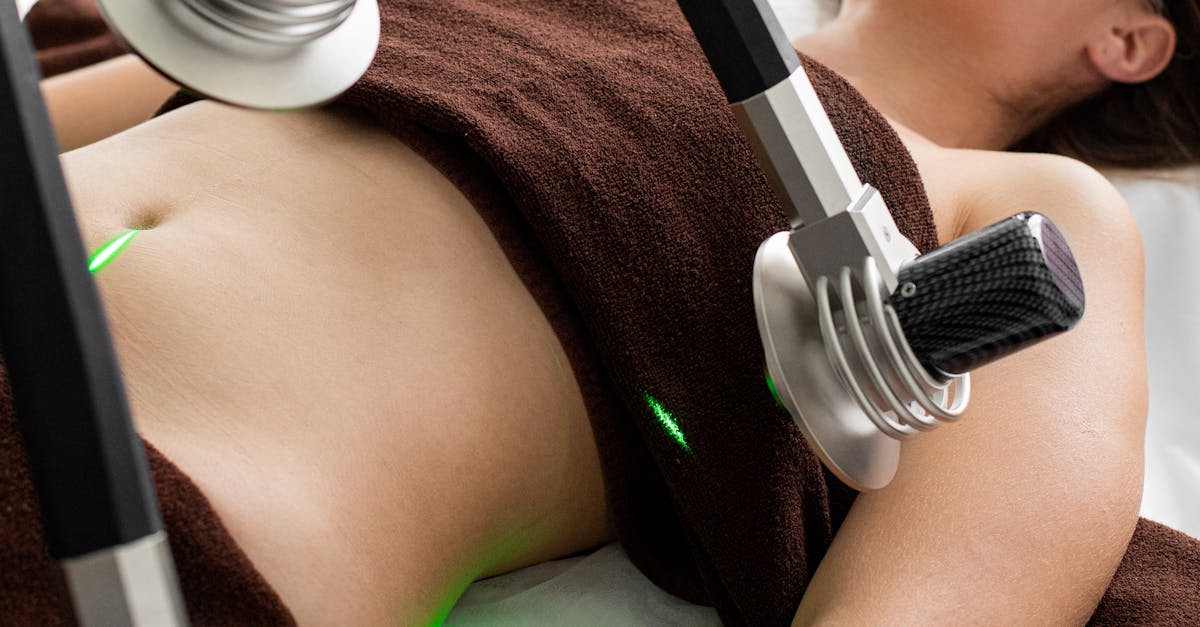
Table Of Contents
Consultation Process for Fat Transfer
During the initial consultation for Fat Transfer, the surgeon will assess the patient's overall health, medical history, and treatment goals. It is important for the patient to openly discuss their expectations and concerns with the surgeon to ensure realistic outcomes. The surgeon may also evaluate the areas of the body from which fat will be harvested and determine the best approach for achieving the desired results.
Moreover, the consultation process for Fat Transfer typically involves discussing the potential risks and complications associated with the procedure. Patients should inquire about the longevity of the results and any necessary follow-up treatments. The surgeon will explain the pre-operative preparations, the details of the procedure itself, and the expected recovery process. This initial meeting serves as an opportunity for both the patient and the surgeon to establish a comprehensive plan for the Fat Transfer procedure.
Discussion on Realistic Expectations
Patients considering fat transfer procedures often have high expectations for the longevity of the results. It's important for individuals to understand that the outcome of fat transfer can vary depending on factors such as the technique used, the area treated, and individual body characteristics. While some fat transfer procedures can yield long-lasting results, there is no guarantee that the transferred fat cells will survive indefinitely. Realistic expectations are crucial to avoid disappointment and ensure satisfaction with the outcomes of the procedure.
Patients should be aware that factors like fluctuations in weight, aging, and lifestyle choices can impact the longevity of fat transfer results. While the transferred fat cells can potentially last for several years, it is essential to remember that the body naturally metabolizes and reabsorbs fat over time. By maintaining a stable weight through a healthy diet and regular exercise, patients can enhance the longevity of their fat transfer results. It is important to discuss these considerations with a qualified healthcare provider during the consultation process to set realistic expectations and achieve the desired outcomes from the fat transfer procedure.
Alternative Options to Fat Transfer
When considering options besides Fat Transfer, individuals may explore alternative cosmetic procedures that yield similar results. One common alternative is dermal fillers, which involve injecting hyaluronic acid or collagen beneath the skin to enhance volume and reduce the appearance of wrinkles. While dermal fillers offer a temporary solution compared to Fat Transfer, they can be a convenient choice for individuals seeking immediate results with minimal downtime. However, it is essential to note that dermal fillers typically last for a shorter duration compared to Fat Transfer, as they are gradually absorbed by the body over time.
Another option to Fat Transfer is autologous fat injection, which involves using the patient's own fat cells harvested from one area of the body to enhance volume in another. This procedure is akin to Fat Transfer; however, it involves a different method of fat removal and processing. Autologous fat injection can be a viable option for individuals looking for a more natural approach to augmenting volume in specific areas, with results that can last longer than dermal fillers but may still require touch-up procedures to maintain the desired outcome.
Comparing Longevity of Different Procedures
When considering the longevity of different procedures for augmenting areas of the body with fat, it is important to weigh the options carefully. Fat transfer, also known as fat grafting, involves harvesting fat from one part of the body and injecting it into another area to add volume. This method can yield long-lasting results, with many patients experiencing permanent enhancement in the treatment area.
In contrast, procedures like dermal fillers provide temporary results as the body gradually absorbs the injected material. While fillers offer a quicker and less invasive option compared to fat transfer, they typically require ongoing maintenance sessions to sustain the desired look. It is essential to discuss the pros and cons of each procedure with a qualified healthcare provider to determine the most suitable option based on individual goals and expectations.
PostProcedure Care for Fat Transfer
After undergoing a fat transfer procedure, it is crucial to adhere to the post-procedure care guidelines provided by your healthcare provider. One common recommendation is to avoid putting pressure on the treated area for a specific period to allow the transferred fat cells to settle and integrate properly. This may involve refraining from sitting directly on the treated area or sleeping in specific positions to prevent undue stress on the transferred fat.
Additionally, following a healthy lifestyle post fat transfer can significantly impact the longevity of the results. Maintaining a stable weight through a balanced diet and regular exercise regimen can help preserve the transferred fat cells. It is also essential to protect the treated area from direct sunlight and avoid exposure to extreme temperatures until fully healed. By diligently following these post-procedure care instructions, you can optimize the outcome of your fat transfer procedure and enjoy long-lasting results.
Guidelines for Optimal Healing and Fat Survival
After undergoing a fat transfer procedure, it is crucial to follow specific guidelines to promote optimal healing and ensure the longevity of the transferred fat. One of the key recommendations is to avoid applying direct pressure or massaging the treated areas for the first few weeks post-procedure. This helps the transferred fat establish a blood supply and integrate with the surrounding tissues more effectively, leading to better results in the long term.
Furthermore, maintaining a healthy lifestyle can significantly impact the survival of the transferred fat. Eating a balanced diet, staying hydrated, and refraining from smoking can all contribute to better healing and fat retention. Regular exercise, while important for overall health, should be approached cautiously after a fat transfer to prevent compromising the results. Following these guidelines can enhance the healing process and improve the longevity of the fat transfer.
FAQS
How long can I expect the results of a fat transfer procedure to last?
The longevity of fat transfer results can vary from person to person, but typically the transferred fat cells can last for several years.
Are there any factors that can affect how long fat transfer results last?
Yes, factors such as individual metabolism, lifestyle choices, and the specific area where the fat was transferred can impact the longevity of the results.
Can fat transfer results be permanent?
While fat transfer results can be long-lasting, they are not always permanent. Some patients may require touch-up procedures or additional treatments over time to maintain their desired results.
How can I maximize the longevity of my fat transfer results?
Following your surgeon's post-procedure care instructions, maintaining a healthy lifestyle, and avoiding significant weight fluctuations can help optimize the longevity of your fat transfer results.
Are there any alternative procedures that offer longer-lasting results than fat transfer?
Some surgical procedures, such as implants or certain injectables, may offer more permanent results compared to fat transfer. However, these alternatives come with their own set of considerations and potential risks.


